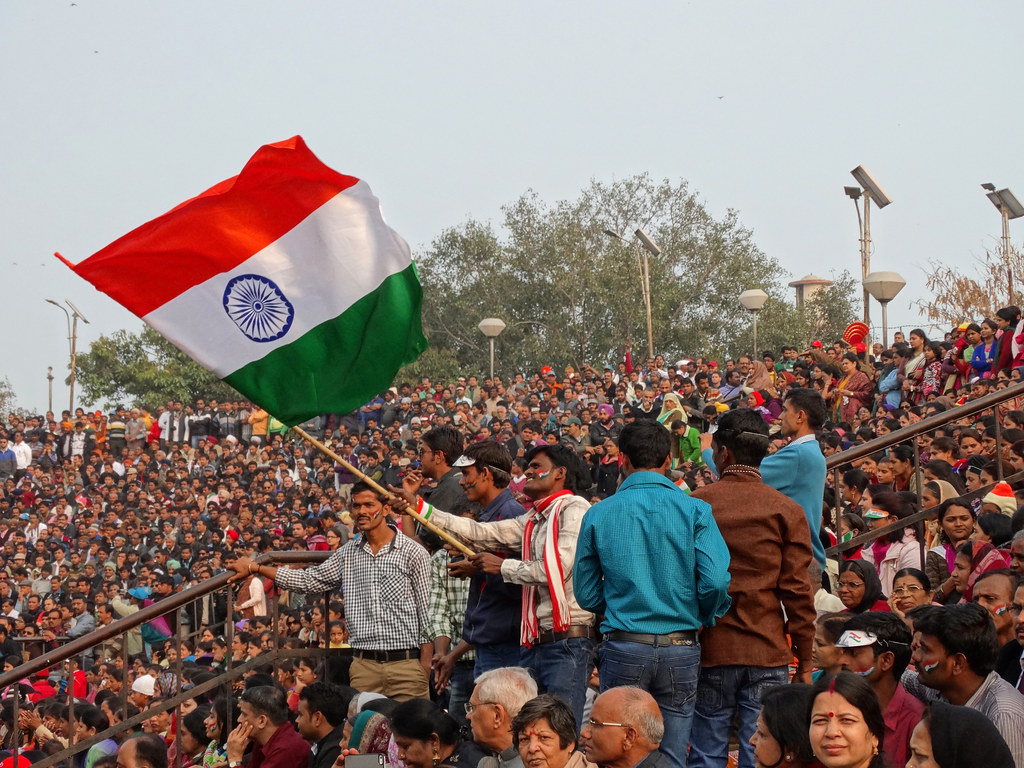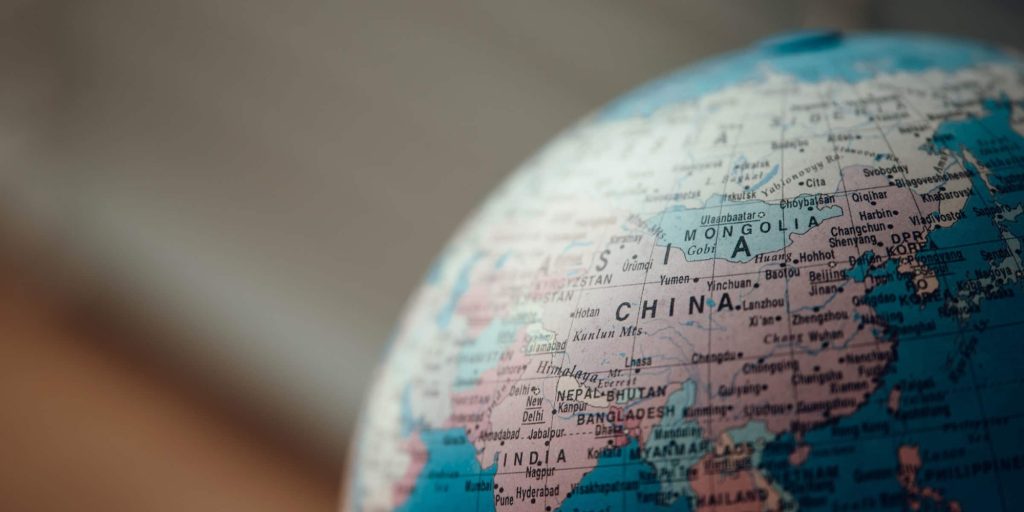Largest Countries in the World
The modern world, as we see it, with its seven continents, seven seas, and five oceans is a pretty big place to live in. With the Big Bang, Earth took its place in the solar system. Then came the supercontinent, Pangea. About 250 million years ago, the land broke up due to the shift in tectonic plates. Humans arrived in the picture approximately 6 million ears ago. It is said that most humans originated from the African continent. Then came the modern humans, who were responsible for the taxonomy and nomenclature of biotic and abiotic beings as we know now.

Largest Countries in the World
Since the arrival of modern humans, the world has become divided. A lust for amassing more and futile consumption has taken over mankind. This has resulted in gory wars and a decline in ethical and moral practices. With the birth of democracy, it satiated. Now every bordered territory, or the 193 countries in the world have a limited land+water area to control. These countries have evolved through the ages, producing famed artists, poets, engineers, and manganates. Let’s take at the top 10 largest countries in the world.
1. Russia
Russia is the largest country in the world with a total area of 17.1 million km square. It accounts for 11% of the total landmass of the world. In addition, Russia is known to have strong movements such as avant-garde, constructivism, rayonism, suprematism, and cubo-futurism. Last but not least, Kandinsky—regarded as the founder of abstract art—created incredible artistic works that are recognized as masterpieces of Russian art.

2. Canada
Canada is the second largest country in the world, with a landmass of 9.985 million km square. Despite its land area being lower than China and United States, the presence of water bodies, elevates it by two positions. It contributes 6.1% to the landmass of the world. Though handicrafts and sculpture have been a part of Canadian history since prehistoric times, it wasn’t until the 20th century that the Inuit stone carvings and the Northwest Coast Indigenous peoples’ totem-pole carvings, were formally included in academic discourses.

3. United States
United States is the third largest country in the world. Accounting for 6.3% of the total world landmass, United States has an area of 9.834 million km square. United States was the birthplace of Abstract Expressionism, Pop Art, and New Formalism.

4. China
The fourth largest country in the world, China has a total area of 9.597 million km square. It accounts for 6.1% of the world landmass. During it’s several dynasties, China produced a variety of visual arts, sculptures, and Chinese landscape painting. However, the world will forever be indebted to Ancient China for engendering calligraphy.

5. Brazil
Brazil is the fifth largest country in the world, accounting for the 5.6% of the total land mass. The country covers an area of 8.51 million km square. Brazil is known for Marajoara pottery and Baroque art movement. Other popular movements which have gathered traction in the country are Neoclassicism, Romanticism, and Realism.

6. Australia
The sixth largest country in the world, which is also a continent is Australia. With a total area of 7.688 million km square, Australia contributes to 5.2% of the total landmass. Renowned Australian art movements include the Western Desert Art Movement, the Antipodeans, the Central Australian Hermannsburg School watercolorists, and the Heidelberg School of the late 19th century. There are also notable examples of postmodern and high modernism in Australian art.

7. India
The seventh largest country in the world sees a sharp decline in its landmass. India has a total area of 3.287 million km square, which accounts for 2% of the world land mass. India has several rock art and cave art sites. In addition, India boasts numerous movements such as the Bengal School, Progressive Art Movement and several indigenous and tribal art forms, the likes of Warli and Madhubani.

8. Argentina
Argentina contributes 1.8% to the world landmass with its area of 2.78 million km square, making it the eighth largest country in the world. Argentina is known for its naturalism work and several painters such as Eduardo Sívori, Reinaldo Giudici, and Ernesto de la Cárcova.

9. Kazakhstan
The Central-Asian country of Kazakhstan is the ninth largest country in the world with an area of 2.725 million km square. It contributes roughly 1.8% to the total landmass. The vast majority of Kazakhstani art is applied art, which is essentially decorating kitchenware and patterned harnesses using crafts like leatherworking, ceramics, and carpet weaving. Kazakhstan’s artistic output also encompasses fine arts, architecture, and sculpture.

10. Algeria
The tenth largest country in the world is Algeria. Contributing 1.6% of the total landmass, it covers an area of 2.383 million square km. With a vast array of skills, Algeria produces carpets, ceramics, pottery, leather goods, glass work, and silverwork. The nation is renowned for its Kabyle jewelry and M’Zab carpets. Algerian handicrafts are distinctive and colorful.

Image Courtesy – Wereldreizigers






